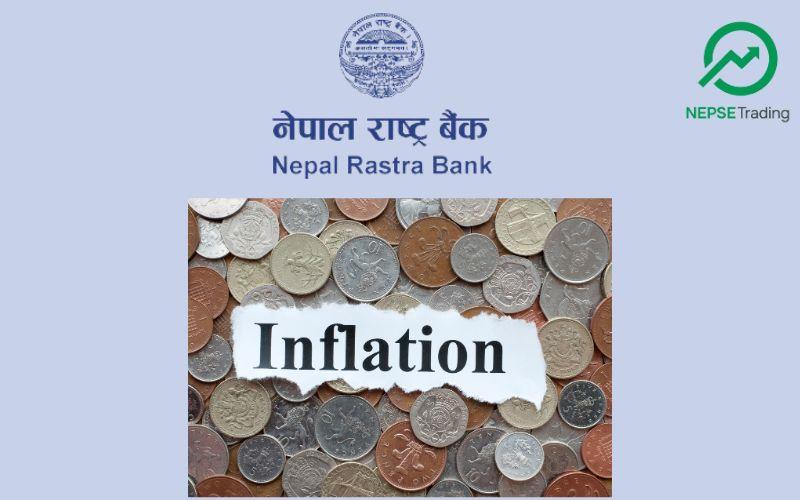By Sandeep Chaudhary
NRB Data Shows Stable Financial Sector with Rising Private Claims

The Nepal Rastra Bank (NRB), in its Mid-September 2025/26 Macroeconomic and Financial Sector Review, reports that Nepal’s financial system remains stable and well-capitalized, supported by strong liquidity, improving credit flow, and rising claims on the private sector. The data highlights a healthy yet controlled expansion in banking activity, underpinned by low inflation and steady monetary management.
According to NRB, claims on the private sector — a key measure of commercial bank lending to individuals and businesses — grew by 7.3% year-on-year, compared to 6.8% during the same period last year. This rise signals a gradual rebound in credit demand, especially in trade, services, hydropower, and manufacturing sectors. Although growth remains moderate, it reflects increasing business confidence and a cautious lending approach by banks after a prolonged period of high interest rates and credit tightening.
At the same time, total domestic credit expanded by 5.5%, indicating a balanced credit environment that supports economic growth without excessive financial risk. The base rate of banks declined to 5.72%, and the average lending rate fell to 7.66%, marking a significant reduction from double-digit levels seen in previous years. These lower borrowing costs have encouraged new investments, particularly in small and medium enterprises (SMEs) and consumer lending.
The financial system’s stability is also reflected in the strong liquidity position of banks and financial institutions (BFIs). Total deposits reached Rs. 7.29 trillion, growing by 12.4%, while broad money (M2) increased by 12.4%, and reserve money rose by 10.1%. This surplus liquidity ensures that banks can meet loan demands and maintain smooth financial operations.
On the external side, Nepal’s macroeconomic stability continues to support the financial sector. The Balance of Payments (BOP) posted a surplus of Rs. 153.7 billion, while foreign exchange reserves hit a record Rs. 2.88 trillion (USD 20.41 billion), providing over 13 months of import coverage. These conditions have enhanced monetary stability and kept the Nepalese rupee relatively stable against major currencies.
Furthermore, inflation declined to 1.87%, the lowest in recent years, creating a favorable environment for both savers and borrowers. The NEPSE Index also showed resilience, closing at 2,672 points, with market capitalization rising to 73.1% of GDP, reflecting renewed investor optimism and interlinkages between the financial and capital markets.
NRB emphasized that maintaining this financial stability will require continued prudence in credit expansion, strong regulatory oversight, and effective risk management practices. While rising private claims indicate healthy economic activity, the central bank urged banks to ensure that credit is directed toward productive and employment-generating sectors rather than speculative areas.









